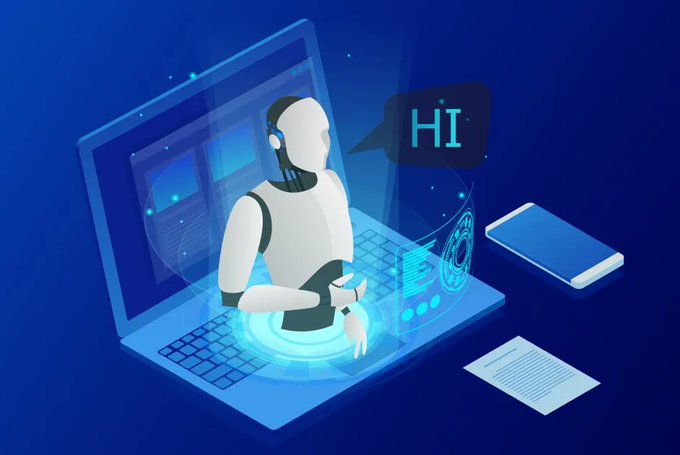What if every student could use artificial intelligence to do any form of writing for their classes?
A recent technology called GPT-3, a machine-learning model that understands and generates natural language text, is attempting to make this a reality.
Created by an artificial intelligence company called OpenAI, GPT-3, formally known as Generative Pre-trained Transformer, is trained to recognize 540 billion words and 175 billion parameters, which are the variables that allow AI models to make predictions. The training enables the technology to produce human-like text for several types of writing, including outlines, long-form essays, sales pitches, and poems.
But how well does it work? And what do teachers think of the results?
Given the huge implications the technology holds for the future of education, Education Week asked teachers to test out and assess the technology. Their impressions depended heavily on the kind of skills being taught to students and their classroom objectives. Some teachers saw the model as a benefit to students who have minimal writing skills. Others, tasked with teaching students more complex types of writing, did not find much value in the technology.
Anthony Long’s students are no strangers to technology. The 10th graders in his engineering class at Aspire Lionel Wilson College Preparatory Academy in Oakland, Calif., use computer-aided design, or CAD, to design and produce products that can be printed with the 3D printers the school provides. Long’s goal is to have his students learn to market their 3D-printed products to future investors as part of the course.
Mots-clés : cybersécurité, sécurité informatique, protection des données, menaces cybernétiques, veille cyber, analyse de vulnérabilités, sécurité des réseaux, cyberattaques, conformité RGPD, NIS2, DORA, PCIDSS, DEVSECOPS, eSANTE, intelligence artificielle, IA en cybersécurité, apprentissage automatique, deep learning, algorithmes de sécurité, détection des anomalies, systèmes intelligents, automatisation de la sécurité, IA pour la prévention des cyberattaques.






